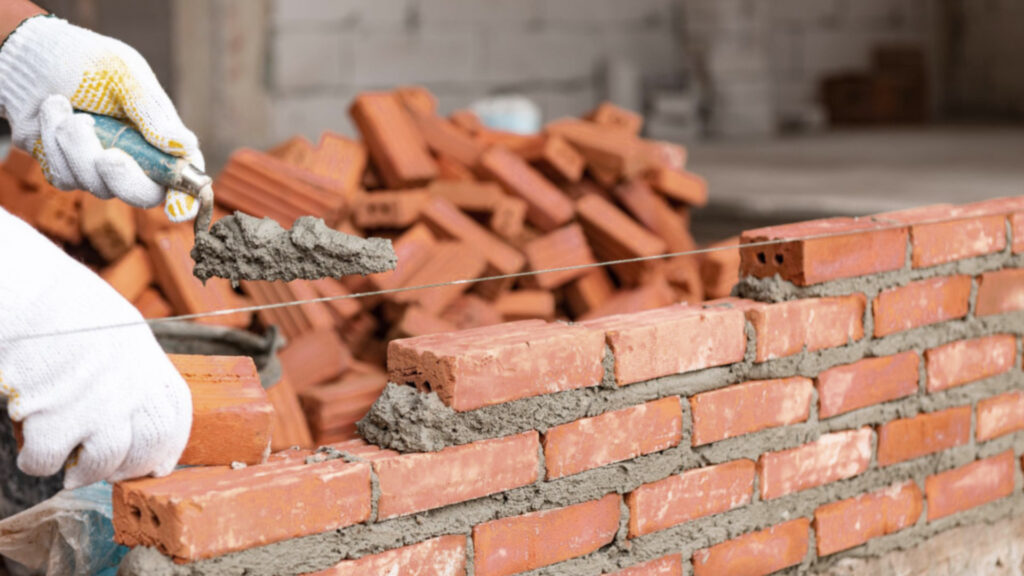The Hidden Dangers of Delaying Masonry Repairs

When it comes to maintaining a building’s structural integrity, masonry is often the first line of defense. Whether it’s brick, stone, or concrete block, masonry forms the backbone of many residential and commercial properties. Despite its durability, masonry isn’t invincible. Over time, exposure to the elements, settling foundations, and general wear and tear can cause deterioration. Ignoring these issues may seem like a cost-saving measure in the short term, but the hidden dangers of delaying masonry repair can be both financially and structurally devastating.
The Importance of Timely Masonry Repair
Masonry structures are engineered to last, but like anything exposed to the environment, they require regular maintenance. When cracks, erosion, or water damage appear, they are early warnings of deeper issues. Masonry repair addresses these problems before they grow out of control. A minor crack today can expand due to moisture infiltration or freeze-thaw cycles, leading to structural compromise.
Delaying masonry repair not only makes the repair process more complex and costly, but it can also pose serious risks to the safety of occupants and the longevity of the building.
Structural Integrity Is at Stake
One of the most significant dangers of ignoring masonry damage is the gradual weakening of the building’s structure. Small cracks or missing mortar joints may seem cosmetic, but they often indicate movement or shifting within the walls. Over time, this can lead to major problems such as bowed walls, uneven settling, and even partial collapses.
When structural integrity is compromised, repair costs escalate dramatically. What could have been solved with a simple repointing job may now require complete wall replacement, foundation stabilization, or steel reinforcements.
Water Damage Escalates Quickly
Water is one of the biggest enemies of masonry. Once it finds a way into cracks or open joints, it can wreak havoc. During cold months, trapped water can freeze and expand, widening cracks and forcing bricks or stones apart. This freeze-thaw cycle can repeat multiple times per season, rapidly accelerating deterioration.
Masonry repair that addresses water entry points early prevents interior water damage, mold growth, wood rot, and damage to insulation. Once moisture infiltrates the interior of your building, you’re not only looking at exterior masonry work but also costly interior repairs.
Pest Infestation Becomes a Risk
Damaged masonry can create entry points for pests like rodents, insects, and birds. These unwanted visitors can exploit cracks and gaps in the structure to enter your home or commercial space. Once inside, they can chew through insulation, wiring, and even wooden support structures, leading to additional damage and health risks.
Routine masonry repair helps seal off these access points and keeps pests outside where they belong. The longer you delay, the more opportunities you give these intruders to make themselves at home and multiply.
Energy Efficiency Suffers
Cracks and gaps in masonry walls compromise the thermal envelope of a building. This means that heat can escape during the winter and seep in during the summer, making your heating and cooling systems work harder. As a result, your energy bills increase, and your building becomes less environmentally efficient.
By investing in timely masonry repair, you not only restore the wall’s structural and aesthetic qualities but also improve insulation and reduce energy consumption over time.
Property Value Takes a Hit
Curb appeal matters, especially if you’re planning to sell or lease your property. Damaged or neglected masonry sends a clear message to prospective buyers or tenants: this building hasn’t been properly maintained. It raises red flags about what other maintenance issues might exist and can significantly reduce your property’s market value.
Masonry repair, when done proactively, protects your investment. It maintains the building’s appearance, ensures compliance with safety codes, and makes it more attractive to potential buyers.
Safety Hazards for Occupants and Passersby
Falling bricks, crumbling facades, and unstable structures are not just an eyesore—they are a serious safety hazard. Masonry that has weakened over time due to neglect can detach and fall, risking injury or even death to occupants, visitors, and pedestrians.
In commercial properties, this kind of liability exposure can lead to lawsuits, insurance claims, and damaged reputation. Regular masonry repair helps property owners avoid such risks and ensures the building remains safe for everyone.
Delays Can Lead to Code Violations
Local building codes often require that masonry be kept in good condition, especially for commercial and multi-family properties. Delaying repairs may lead to citations or fines from local authorities. In severe cases, the building may be condemned until the issues are addressed.
By performing masonry repair on schedule, you ensure compliance with local regulations and avoid the stress and expense of emergency repairs or legal complications.
Escalating Repair Costs Over Time
A common misconception among property owners is that delaying repairs saves money. In reality, postponing masonry repair typically results in higher costs down the line. As damage spreads and becomes more complex, the materials and labor required to fix it also increase.
For example, a small crack requiring simple tuckpointing may cost a few hundred dollars. Left untreated, that crack can lead to water infiltration, which might require full wall reconstruction costing thousands. Acting early always results in significant cost savings.
Signs You Shouldn’t Ignore
Recognizing the early signs of masonry deterioration is crucial to preventing bigger issues. Look out for:
- Cracks in brick or mortar
- Bulging or bowing walls
- Loose or missing bricks
- Water stains or efflorescence
- Crumbling mortar joints
- Gaps around windows or doors
If you notice any of these issues, it’s time to consult a professional for a thorough inspection and necessary masonry repair before the damage escalates.
Conclusion: Prevention Is Better Than Cure
Masonry structures may appear rock-solid, but they’re not immune to time and nature. Delaying masonry repair invites a host of problems—structural instability, water damage, pest infestation, safety risks, and financial strain. The old adage “a stitch in time saves nine” holds especially true for masonry. Timely intervention not only extends the life of your building but also protects your investment and the people inside it.





